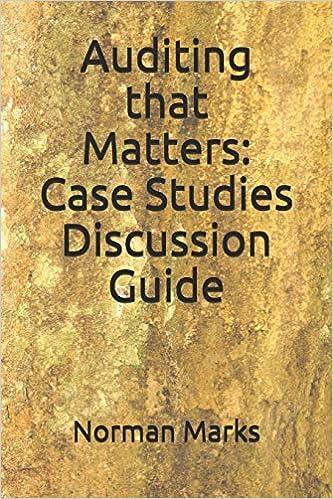PROBLEM 3-16 Comprehensive Problem LO3-1, LO3-2, LO3-4 Gold Nest Company of Guandong, China, is a family-owned enterprise that makes birdcages for the South China market. The company sells its birdecages through an extensive network of street vendors who receive commissions on their sales The company uses a job-order costing system in which overhead is applied to jobs on the basis of direct labor cost. Its predetermined overhead rate is based on a cost formula that estimated $330,000 of manufacturing overhead for an estimated activity level of $200,000 direct labor dollars. At the beginning of the year, the inventory balances were as follows: Raw materlals $25,000 $10,000 Work in process Finished goods $40,000 During the year, the following transactions were completed: Raw materials purchased for cash, $275,000 b. a. Raw materials used in production, $280,000 (materials costing $220,000 were charged directly to jobs; the remaining materials were indirect) Cash paid to employees as follows: c. Direct labor $180,000 Indirect labor $72,000 $63,000 $90,000 Sales commissions Administrative salarles Cash paid for rent during the year was $18,000 ($13,000 of this amount related to factory operations, and the remainder related to selling and administrative activities). Cash paid for utility costs in the factory, $57,000. f. Cash paid for advertising, $140,000. & Depreciation recorded on equipment, $100,000. ($88,000 of this amount related to equipment used in factory operations; the remaining $12,000 related to equipment used in selling and administrative activities.) h. Manufacturing overhead cost was applied to jobs, $ ? Goods that had cost $675,000 to manufacture according to their job cost sheets were completed. j. d. e. i. Sales for the year (all paid in cash) totaled $1,250,000. The total cost to manufacture these goods according to their job cost sheets was $700,000. Chapter 3 Required: Prepare journal entries to record the transactions for the year. 2. Prepare T-accounts for each inventory account, Manufacturing Overhead, and Cost of Goods Sold. Post relevant data from your journal entries to these T-accounts (don't forget to enter the beginning balances in your inventory accounts). Compute an ending balance in each account. 3. Is Manufacturing Overhead underapplied or overapplicd for the year? Prepare a journal entry to close any balance in the Manufacturing Overhead account to Cost of Goods Sold. 4 an income statement for the year. (Do not prepare a schedule of cost of goods manufactured; Prepare all of the information needed for the income statement is available in the journal entries and T-accounts you have prepared.)








